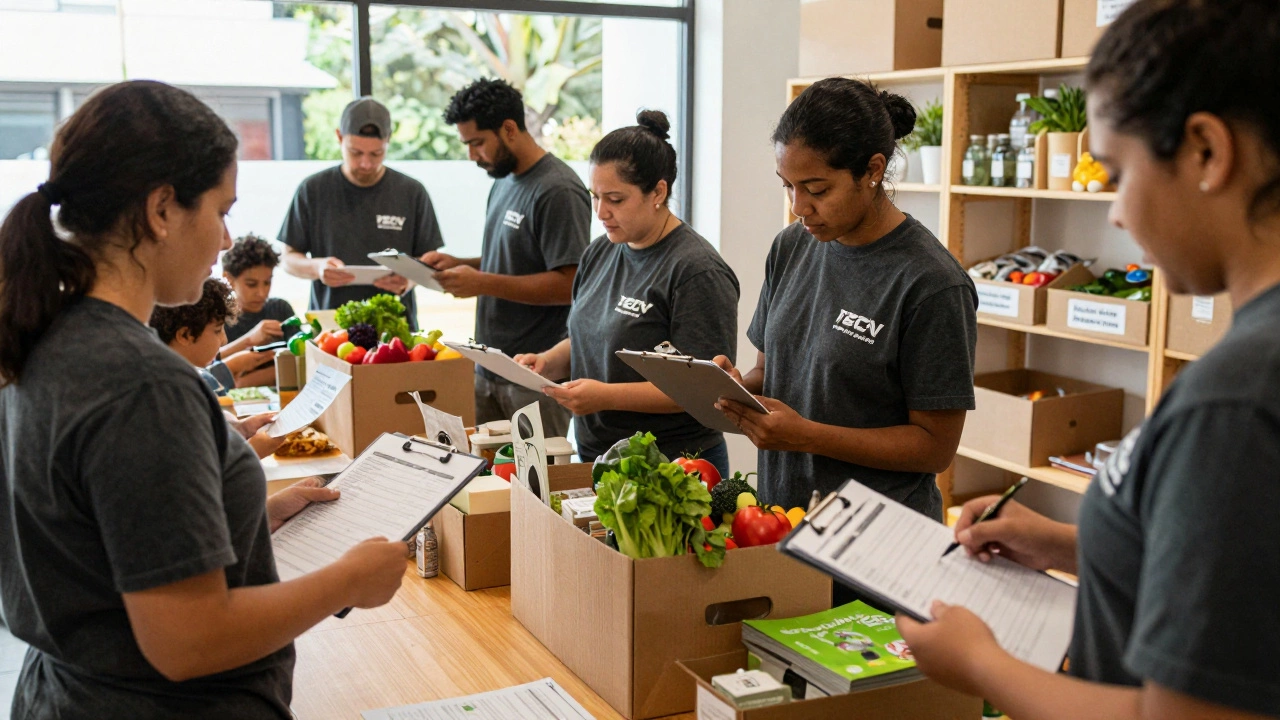Community Impact: Real Ways to Drive Change
When discussing community impact, the measurable change caused by actions in health, education, economy and the environment. Also called social impact, it shows how people improve lives. Volunteerism, unpaid time and skills offered to help others fuels this change, while charitable trusts, legal structures that direct funds to nonprofit causes supply the needed resources. Well‑planned outreach programs, coordinated activities that engage communities around specific needs tie the effort together.
Key Elements that Shape Community Impact
Community impact isn’t a single metric; it’s a blend of economic uplift, health improvement, education access, and environmental stewardship. Economically, projects that create jobs or boost local businesses raise household incomes. Health‑wise, vaccination drives or clean‑water initiatives cut disease rates. Education efforts—after‑school tutoring, scholarship funds—lift literacy and future earnings. Environmentally, tree‑planting or waste‑recycling campaigns reduce pollution and build greener neighborhoods. Each of these attributes connects back to the core idea that a community’s well‑being rises when resources, knowledge, and care flow together.
Volunteerism requires specific skills: leadership to coordinate groups, communication to spread the message, and empathy to understand local needs. Charitable trusts, on the other hand, demand solid governance, transparent accounting, and strategic grant‑making to ensure funds reach the right projects. Outreach programs need planning tools, data tracking, and community feedback loops. In other words, effective community impact requires skilled volunteers, well‑managed trusts, and thoughtfully designed programs. When these pieces align, the result is a virtuous cycle—more volunteers attract more trust funding, which expands outreach, further amplifying impact.
Several recent trends illustrate how these entities interact. Data‑driven dashboards let trusts see which outreach projects deliver the highest health outcomes, prompting them to allocate more money to those initiatives. Mobile apps enable volunteers to log hours in real time, giving program managers instant insight into staffing gaps. Meanwhile, community‑based NGOs use feedback surveys to shape future outreach, ensuring they address the most pressing local concerns. These examples show that technology, governance, and people work together to boost community impact across India.
Below, you’ll find a hand‑picked collection of articles that dive deeper into each of these areas. From smart donation tips for the homeless to guides on filing tax returns for charitable trusts, the posts cover practical advice, data‑backed insights, and step‑by‑step strategies. Whether you’re a volunteer looking to maximize your contribution, a trustee seeking compliance clarity, or an organizer planning a new outreach effort, the resources here will give you actionable knowledge to enhance real‑world impact.
Does Volunteering Actually Help? The Real Impact on Communities and You
Volunteering can make a real difference-if it's done with purpose, consistency, and respect. Learn how effective volunteer work actually impacts communities and why it often helps the volunteer more than they expect.
Read MoreWhy Volunteers Aren’t Paid: Understanding the Economics and Ethics of Unpaid Service
Explore why volunteers aren't paid, covering nonprofit budgets, labor laws, personal motivations, and community benefits in a clear, practical guide.
Read More
